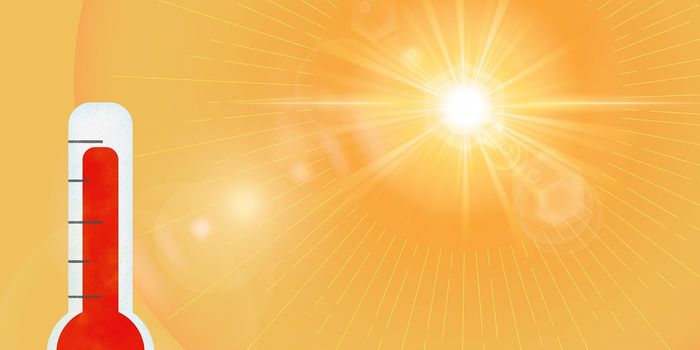Nearly 90% Of Amazonian Plants And Animals Have Been Affected By Wildfires
Wildfires and increasing levels of deforestation in the Amazon rainforest are not new challenges; in fact, Brazil has long had restrictions in place that scientists say have helped reduce how much of the rainforest is lost each year. However, since the wildfire season in 2019, the Amazon rainforest has seen an increased rate of burning in the forest, with an area about the size of Los Angeles already affected this year.
We often hear about how much area of the forest is being lost to fires and deforestation, which are devastating. A new study published in Nature, however, seeks to address a gap in our understanding about the overall effects of these wildfires on the rainforest. While previous research focused almost exclusive on the rate of lost vegetation, researchers are now looking to create a more comprehensive understanding of the wildfires' effects on biodiversity broadly, including both plant and animal species. Loss of biodiversity can have devastating consequences for the ecological health of the region and the world; for example, parts of the Amazon are becoming a carbon producer instead of a carbon “sink,” meaning it doesn’t absorb the same amount of carbon dioxide it used to.
Specifically, the team was interested in “the cumulative impact of fires on the geographic ranges of species, which are correlated with spatial requirements to maintain populations and biodiversity.” The team used multiple data points to examine these questions, including satellite imagery and maps that highlight the range of different vertebrae species.
The team concluded that more than 90% of species--both plant and animal--were affected in some way by recent fires, a staggering percentage. Primates, specifically, seemed to be more affected by fires and deforestation than other species. Researchers also noted in their analysis that an estimated 103,079–189,755 km2 (about 2.2–4.1%) of forest area was affected in some way by fire, with most species in these areas affected.
Fires were noted to have a greater impact on species with smaller migration and habitation ranges; for example, researchers noted fires and deforestation affected nearly 60% of the range in which Remijia kuhlmannii, a flowering plant, lives.
The team cited relaxation of restrictions in 2019 by Brazil, which caused deforestation rates to surge to a 12-year high, as part of the reason biodiversity has been so greatly affected in the region. They also noted increased droughts led to higher rates of wildfire.








